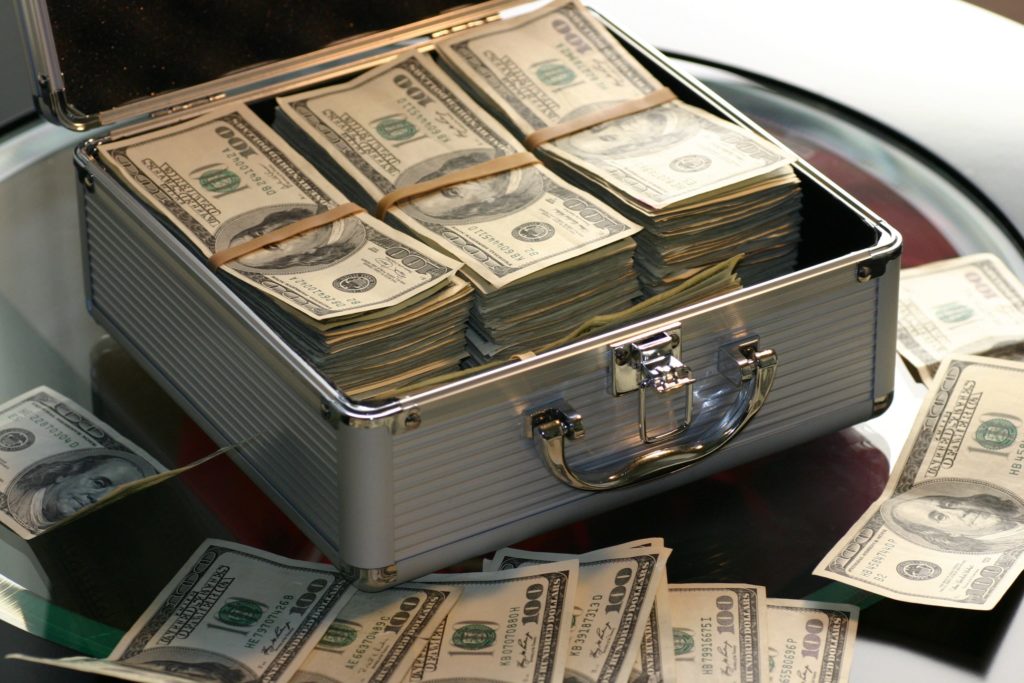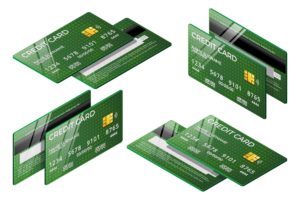How To Open A Bank Account In Canada?
Want to figure out how to open a bank account? We’ve got you covered. This article will show you how to open a bank account in Canada.

Source: Pexels
Wish someone would walk you through a bank opening process? Don’t worry, we have got you covered.
We can understand that finding and opening a bank account can be a little intimidating sometimes. Fortunately, most banks adopt a simple procedure. It is as simple as choosing a bank, presenting some details, and funding the account. We are here to share important tips for first-timers. Let get started with the formalities first.
About Your Rights to Open a Bank Account
If you have valid identification proof, you have the full right to open a bank or federally controlled credit union account in Canada.
You can even open a bank account if you are:
- Unemployed.
- With no money to deposit right away.
- Bankrupt.
For opening a bank account, you must:
- Visit the bank branch.
- Provide them with your identification as they may need.


How do you go about opening a Bank Account?
You can easily open by submitting a few documents along with the application form provided by the bank themselves. The documents required may change depending on the bank, but the rules are straightforward. You just need to bring two documents–originals, not copies with you. These documents could be:
- An active passport.
- Employee photo identification card from a reputed employer.
- A debit card having your name and signature.
- Your credit card with your name and signature.
- Your driving license.
What kinds of Bank Accounts are there in Canada?
Chequing and savings accounts are the two most common forms of bank accounts in Canada.
1. Chequing Account
Your chequing account is used daily. This is where you store money for the day-to-day transactions, sales, and all your monthly recurring expenses. You could get printed checks. For deposits, the chequing account typically pays a low to no annual interest rate. The first account you can open is this one.
Features
- Deposit and withdraw money from your account.
- Leverage debit card transactions.
- Transfer funds between same or other bank accounts.
- Do all in-branch, online, and at the bank’s ATM.
2. Savings Accounts
Your savings account is not for daily spending. This account is perfect for the money you do not need regularly. This is where you put money together for a rainy day.
Features
- Easy access to money anytime.
- Banks provide a moderate interest rate on your deposits you have in the account.
- Bank charges Service fees for non-maintenance of a stipulated average monthly balance in your savings account.
- Transaction fees are typically lower than chequing accounts.
- Bank deposits, account management, and monitoring services are all available online.
Some Important Information for Beginners
Banking fees
Monthly fees can vary anywhere from $4 to $35. The service add-ons you wish to have will determine the fees. If you hold your bank account above a certain dollar sum, normally between $1000 and $4000, you can easily negotiate to get the banking fees waived.
ABM/ATM charges
You can withdraw money from your bank’s machines for free (ABM). If you use an ABM from another bank, your bank might charge a fee. Both your bank and the ATM service provider will charge you a fee if you use privately-owned machines. (ATMs that are not related to any bank) Each withdrawal may cost up to $5.
Interac
Simply getting the recipient’s email or phone number allows you to transfer money online to another bank account. Both the sender and beneficiary accounts must be Interac-enabled. It costs $1 to $1.5 per transfer, or it can be free if your bank plan includes it.


Having a bank account is the most basic and important thing in today’s time. Account statements will help you figure out how and where you are spending your money and get you on track to save money. Personal savings accounts also pay interest, effectively earning you free money.



